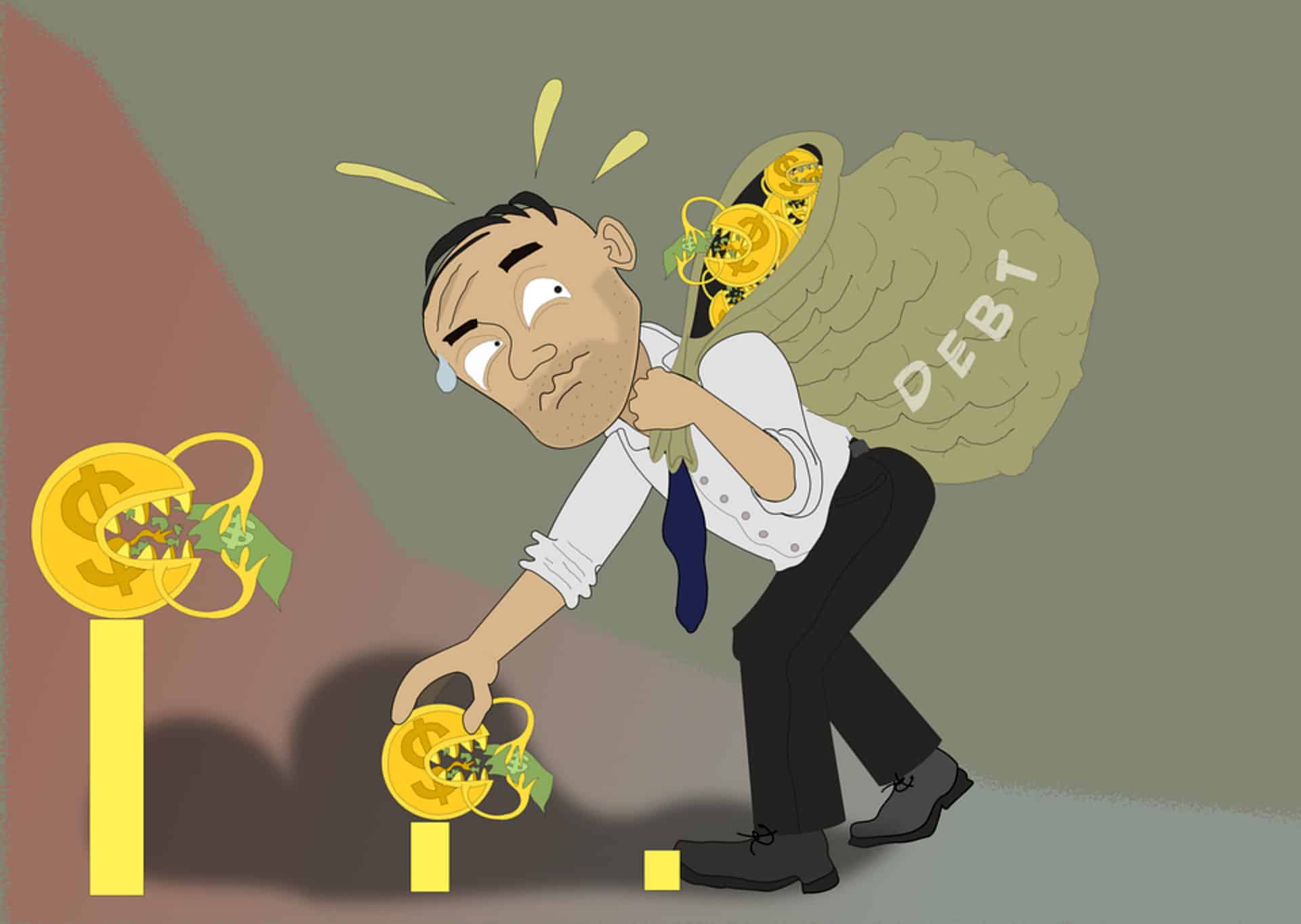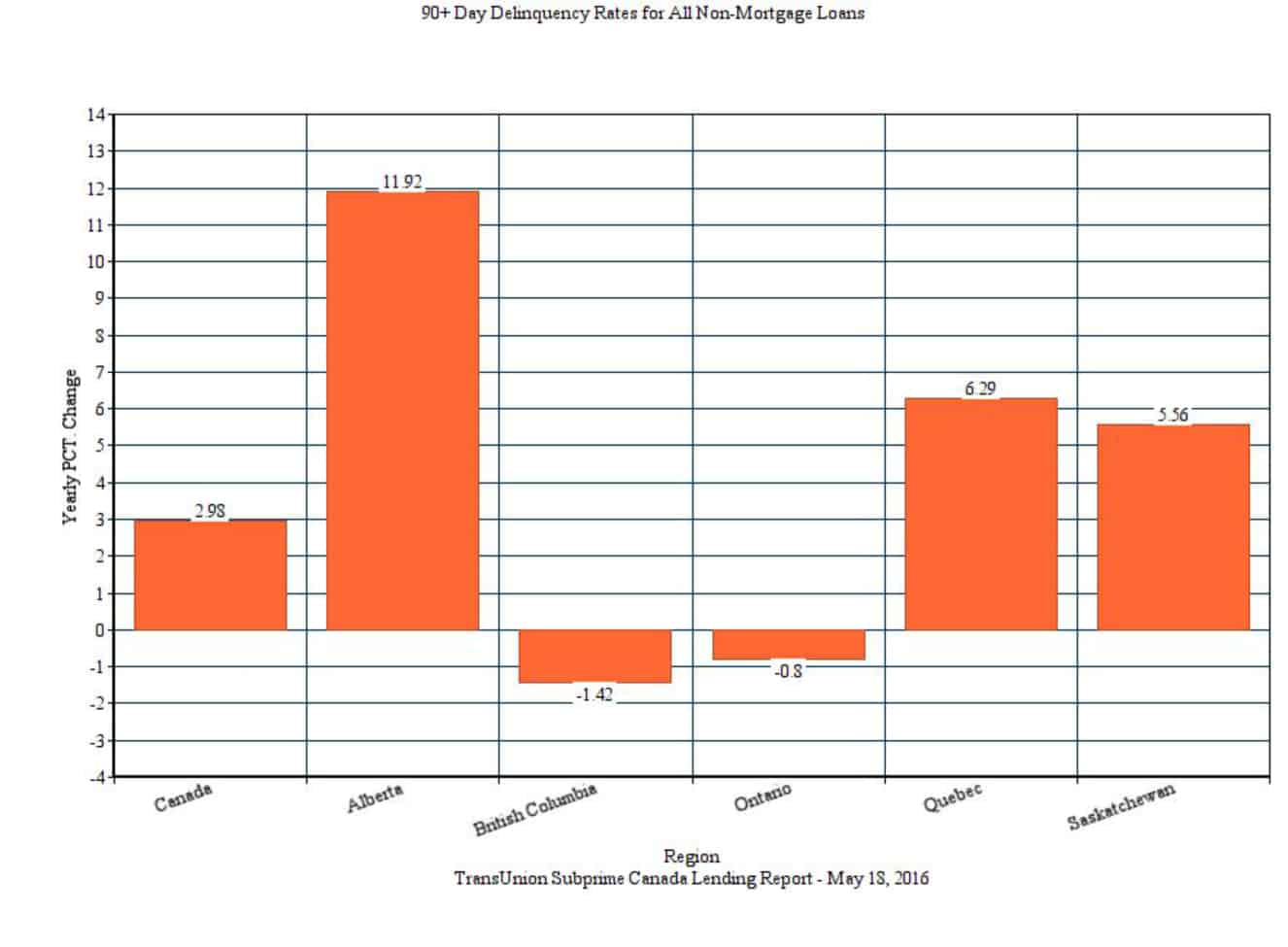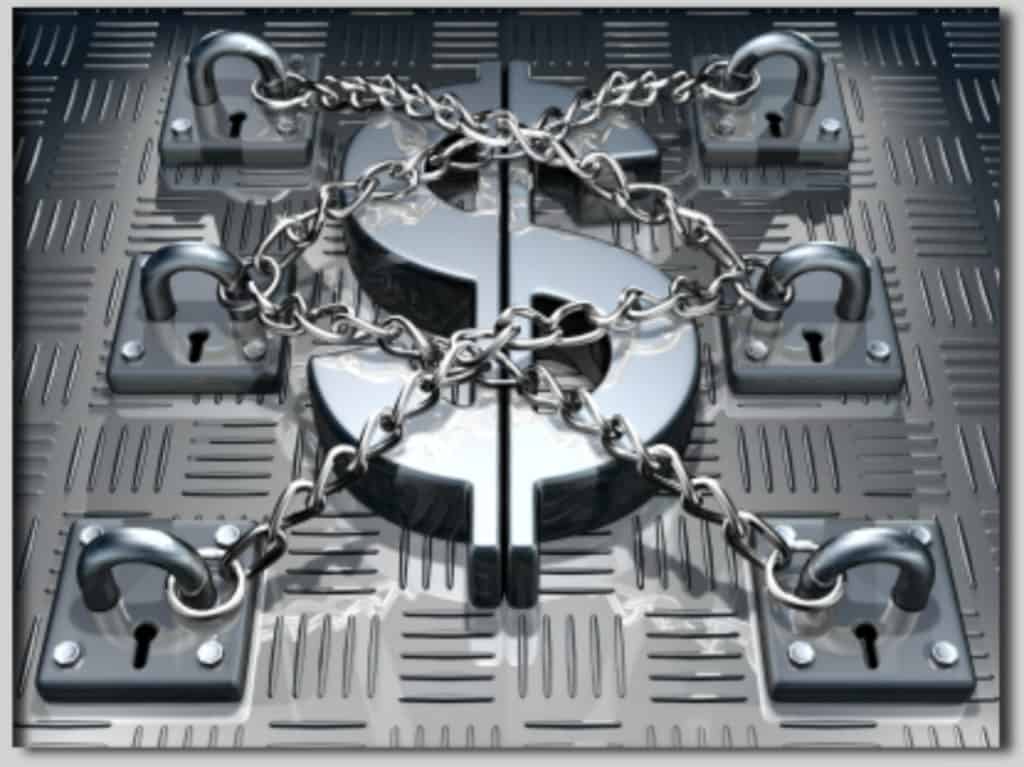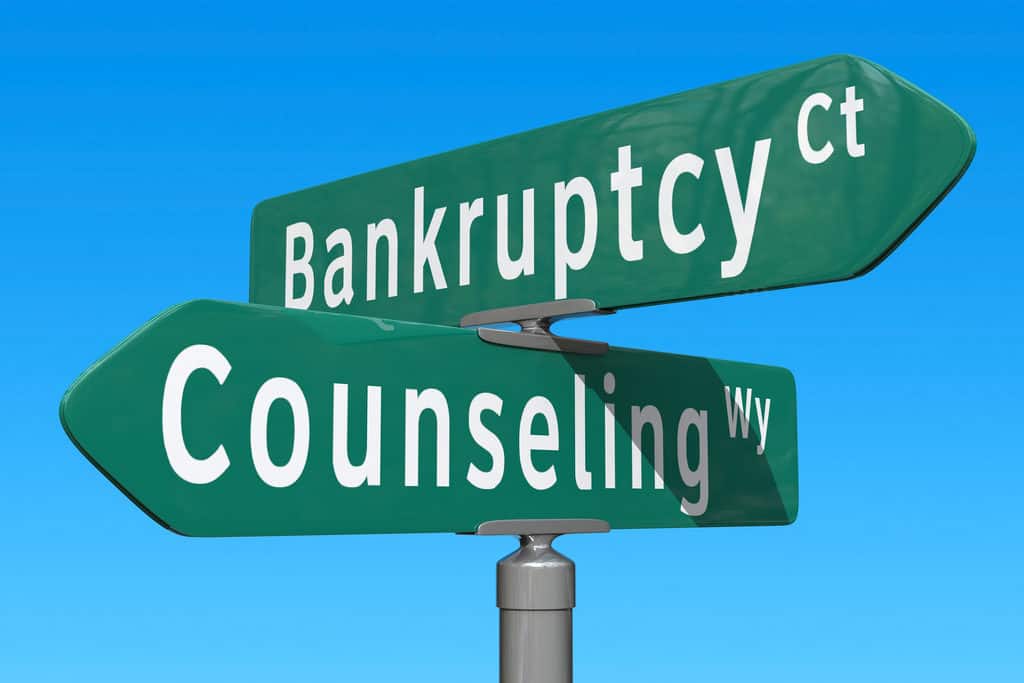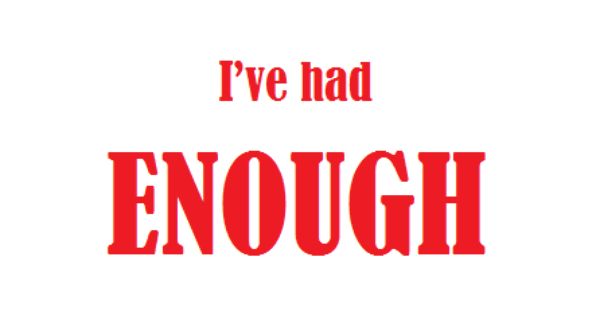
Consumer proposal vs debt settlement
I am often asked to explain the differences of consumer proposal vs debt settlement. Debt is such a prevalent issue in our society today and we’re bombarded by commercials about different options for debt relief. Two of the most talked about are consumer proposals and debt settlement. However, most people don’t really understand what they are. Let me explain.
Consumer proposal vs debt settlement: What is a consumer proposal?
According to the Office of the Superintendent of Bankruptcy Canada, a consumer proposal (Plan or CP) is a formal, legally binding process administered by a Licensed Insolvency Trustee (LIT). In this process, the LIT will work with you to develop a Plan. A CP is an offer to pay creditors a percentage of what is owed to them or extend the time you have to pay off the debts, or both.
The term of a Plan cannot exceed five years. Payments are made through the LIT. The LIT uses that money to pay each of your creditors. CPs are government sanctioned, federally regulated and administered by federally licensed and regulated LITs.
Consumer proposal vs debt settlement: Can anyone who owes money opt for a consumer proposal?
No. You must be an individual and your total debts must not exceed $250,000 (not including obligations from a mortgage or line of credit secured by your principal residence). You also must meet the insolvency test. This means that:
- your liabilities are greater than your assets;
- if you liquidated all of your assets you would not have enough money to pay off your liabilities in full; and
- you are having trouble making the full payment on all of your liabilities every month.
Making only minimum monthly payments don’t count as paying off your liabilities.
Consumer proposal vs debt settlement: What is debt settlement?
Many people are seduced by slick ads and even slicker salespeople offering an easy way out of financial problems. Debt settlement companies (DS companies) tell you that they’ll negotiate with your creditors to accept a fraction of what you owe them. They tell you that like magic, your debt problems will disappear. NOT TRUE!
DS companies’ people are not financial services professionals. DS companies are not federally licensed or regulated. They’re nothing more than snake oil salesmen. They are well-known for high-pressure sales tactics, making false and unsubstantiated claims, insinuating ties to the government and demanding big upfront fees. We’ve written several blogs warning the public about DS companies:
- Beware Of Debt Settlement Companies – Read this blog to find out why
The Latest On Debt Settlement Companies
Debt Settlement Companies Finally Taken To Task In Ontario
How Advantages Of Consumer Proposals Saves You From Debt Settlement Companies
According to Credit Canada Debt Solutions:
- There are more than 50 organizations offering debt settlement services in Ontario.
- The Ontario Association of Credit Counselling Services has received more than 100 complaints a month about DS companies.
- Settlement companies have also been the focus of a “consumer alert” from the Financial Consumer Agency of Canada, which warns consumers to beware of “too good to be true” offers from debt reduction companies.
According to the U.S. Federal Trade Commission:
- The success rate of for-profit DS companies is less than 10%.
- 65% of people who pay fees to these DS companies leave their programs without ever receiving a settlement.
- The amount of money that people pay in fees to these companies almost equals the amount of money that they save. However, this is before creditor late fees, penalties and interest are added in (these can often double or triple a debt by the time a settlement is negotiated). So at the end of the day, it seems fair to say that most people who deal with these companies do not save any money and are often left worse off in the end.
Consumer proposal vs debt settlement: Who can administer them?
Since LITs administer CPs, the only federally licensed and strictly regulated professionals, they really can help you deal with financial problems. DS companies are not professionals of any kind. They are slick sales organizations designed to make as much money as possible from the consumer, not save you money or repair your financial situation. More often than not, after taking your money, DS companies then hand you over to a LIT for the only liability settlement program that really works, which is called, a consumer proposal.
The choice is clear when it comes to consumer proposal vs debt settlement, consumer proposals are an excellent financial relief option and you should run from DS companies as far as your shoes can carry you.
Sometimes a settlement is also termed consolidation. Whether the question is consumer proposal vs debt settlement, consumer proposal vs debt consolidation or debt settlement vs consumer proposal Canada, there is only one correct answer – look at a Plan for financial relief.
Consumer proposal vs debt settlement: Is a consumer proposal right for me?
Consult a LIT. We are financial professionals who will evaluate your situation and recommend which financial relief options are right for you. A CP is one option; there are others as well.
Contact Ira Smith Trustee & Receiver Inc. today for a free consultation. You’ll be in good hands and Starting Over, Starting Now you can be well on your way to living a liability-free life.

